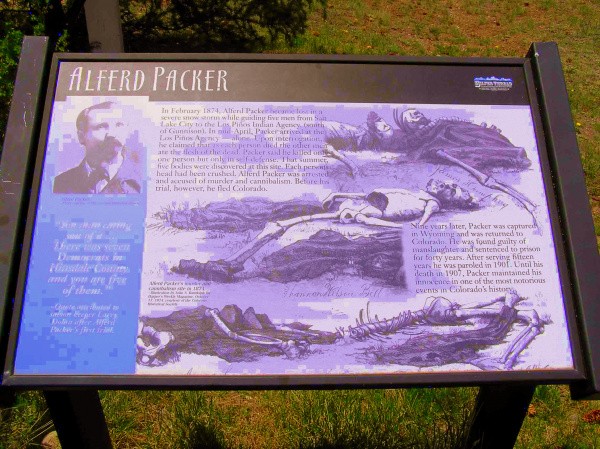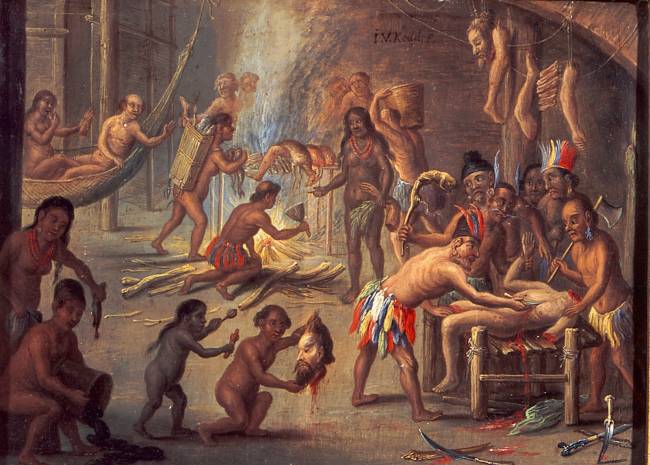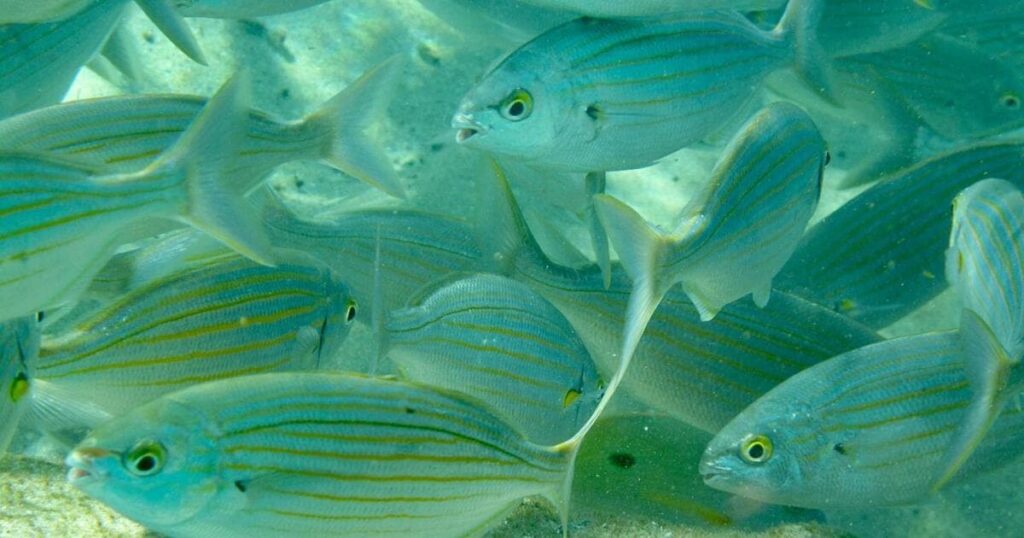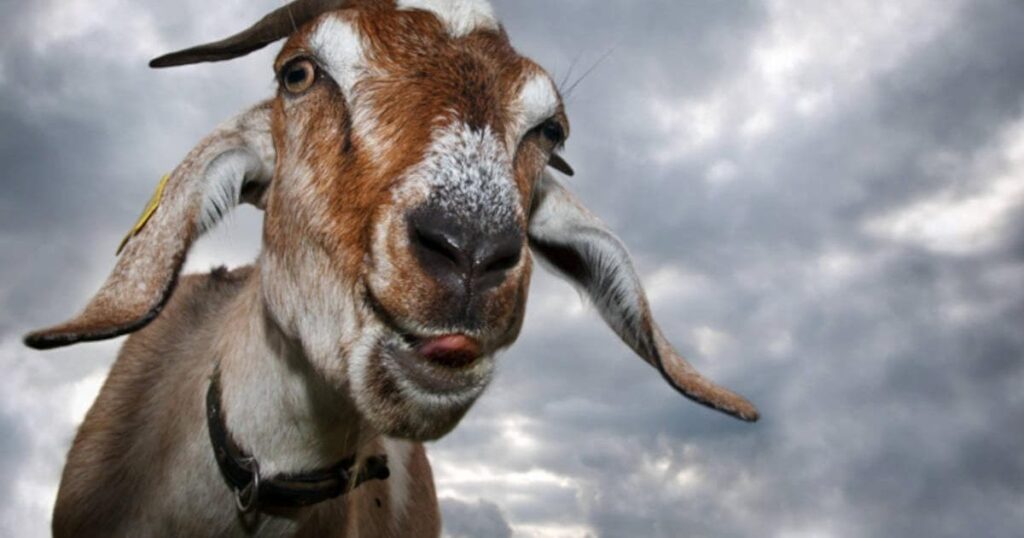Think cannibalism is just an ancient, barbaric practice? Think again! While the Aztecs are infamous for ritualistic human sacrifice, history is full of chilling tales of people eating other humans, often driven by survival, revenge, or even mental illness.

Real-Life Horrors:
- Sea Survival: In the 18th-19th centuries, desperate sailors caught at sea would draw straws; the loser became dinner to save the rest.
- “Liver-eating” Johnson: In the late 19th century American West, John Johnson earned his grim nickname after avenging his wife’s murder by savagely killing and eating the livers (and other parts) of an estimated 300 members of the Crow tribe.
- The Colorado Cannibal: Alfred Packer, a guide, was the sole survivor of a disastrous expedition in a snowstorm. He confessed to eating his companions to survive, fabricating a story to cover it up.
- WWII Atrocities: Shockingly, Japanese Lieutenant General Yoshio Tachibana and other officers were convicted of cannibalism in WWII, admitting to beheading and eating two American pilots in 1944. Other officers confessed to similar acts with five more pilots in 1945.

Why Does It Happen?
Science and archaeology reveal that cannibalism isn’t just a random act. Our Neanderthal ancestors left behind bone evidence suggesting they sometimes ate their own kind. Beyond ancient practices for survival or cultural rituals, modern cases are often linked to addiction, severe mental disorders, or bizarre superstitious beliefs.
So, while disturbing, cannibalism has a long and complex history, showing the extreme lengths humanity has gone to, whether for survival or due to profound psychological issues.

